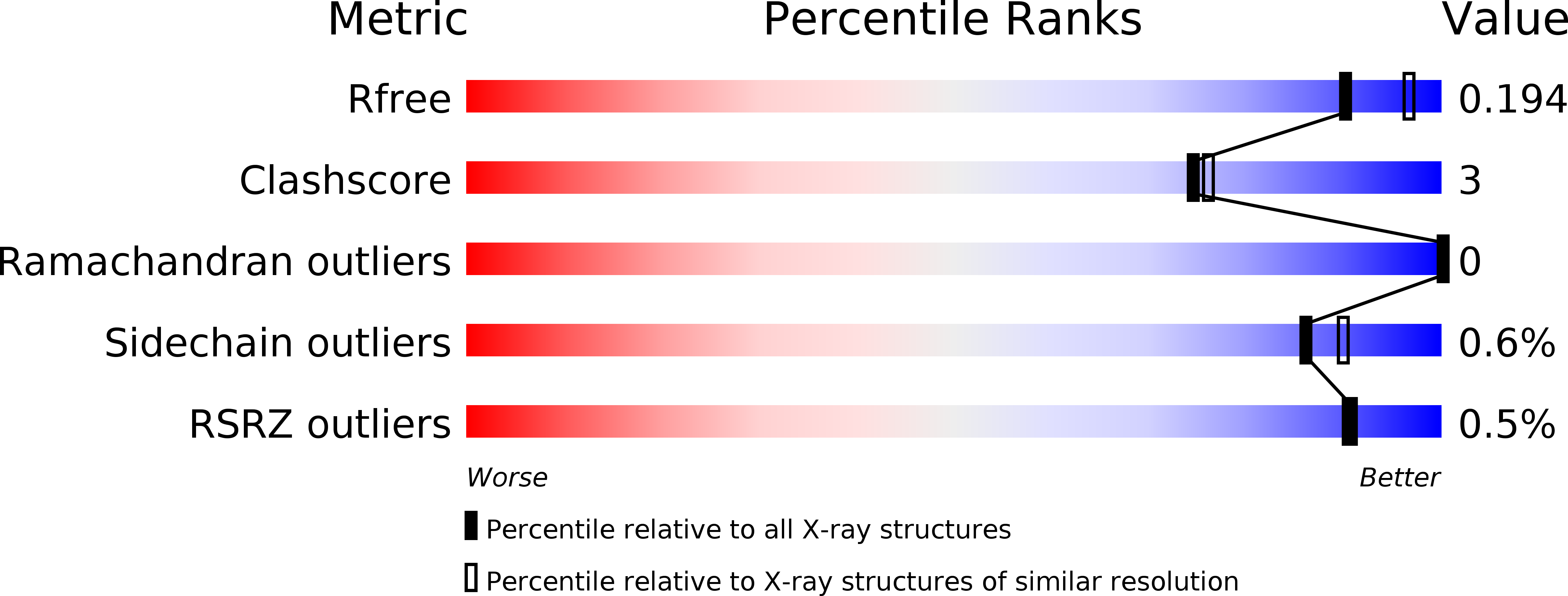
Deposition Date
2012-10-12
Release Date
2013-10-09
Last Version Date
2024-10-30
Entry Detail
Biological Source:
Source Organism:
Homo sapiens (Taxon ID: 9606)
Staphylococcus aureus (Taxon ID: 158878)
Finegoldia magna (Taxon ID: 1260)
Staphylococcus aureus (Taxon ID: 158878)
Finegoldia magna (Taxon ID: 1260)
Host Organism:
Method Details:
Experimental Method:
Resolution:
2.00 Å
R-Value Free:
0.19
R-Value Work:
0.15
R-Value Observed:
0.15
Space Group:
P 21 21 21


